Dr. Ambedkar Rajneeti, Dharm Aur Sanvidhan Vichar (hindi) by Narendra Jadhav.
₹463.00
“डॉ. अंबेडकर राजनीति, धर्म और संविधान विचार” (Dr. Ambedkar Rajneeti, Dharm Aur Samvidhan Vichar) is a book in Hindi that explores the political and philosophical ideas of Dr. B.R. Ambedkar. The book covers a wide range of topics, including Ambedkar’s views on democracy, social justice, caste, religion, and the Constitution of India. It provides a comprehensive analysis of Ambedkar’s political thought and his contributions to the Indian freedom struggle.
The book delves into Ambedkar’s ideas on various social and political issues, including his critique of Hinduism, his views on the role of the state in social transformation, and his advocacy for reservations for Dalits and other marginalized communities. It also examines his vision for an egalitarian and just society, which he believed could only be achieved through a radical restructuring of Indian society and politics.
“डॉ. अंबेडकर राजनीति, धर्म और संविधान विचार” is a useful resource for anyone interested in the ideas and contributions of Dr. B.R. Ambedkar, who was one of the most important social and political reformers in modern Indian history.
Description
Understanding Sanvidhan: A Comprehensive Guide to the Indian Constitution.
This article provides a detailed explanation of Sanvidhan, the Indian Constitution, and its significance in India. Read on to learn more about the history, structure, and essential provisions of the Sanvidhan.
Introduction.
The Samvidhan, commonly known as the Indian Constitution, is a crucial document that outlines the fundamental principles and laws of India. It is the supreme law of the country that governs the political, social, and economic aspects of the nation. The Sanvidhan was adopted by the Constituent Assembly on November 26, 1949, and came into effect on January 26, 1950. It is one of the longest and most comprehensive constitutions in the world, comprising 448 articles in 25 parts, 12 schedules, and 5 appendices. The Samvidhan serves as the foundation of the Indian legal system, providing a framework for the functioning of the government and the rights and duties of the citizens. In this article, we will delve deeper into the Sanvidhan and explore its various aspects.
History of Sanvidhan.
The idea of a constitution for India was first proposed by the Indian National Congress in 1935. The Congress demanded a constituent assembly to draft a constitution for India that would reflect the aspirations and needs of the people. In 1946, the British Government accepted the demand and convened the Constituent Assembly with 389 members, including 296 representatives from British India and 93 from the princely states. Dr. B.R. Ambedkar was appointed as the chairman of the drafting committee, and the Constituent Assembly took almost three years to finalize the Samvidhan.
Structure of Sanvidhan
The Sanvidhan is divided into several parts, schedules, and appendices that provide a comprehensive framework for the functioning of the government and the rights and duties of the citizens. Here is an overview of the structure of the Sanvidhan:
- Preamble: The preamble of the Sanvidhan defines the objectives and ideals of the Constitution, such as justice, liberty, equality, and fraternity.
- Part I: The Union and its Territory
- Part II: Citizenship
- Part III: Fundamental Rights
- Part IV: Directive Principles of State Policy
- Part V: The Union
- Part VI: The States
- Part VII: The States in Part B of the First Schedule
- Part VIII: The Union Territories
- Part IX: The Panchayats
- Part IXA: The Municipalities
- Part X: The Scheduled and Tribal Areas
- Part XI: Relations between the Union and the States
- Part XII: Finance, Property, Contracts, and Suits
- Part XIII: Trade, Commerce, and Intercourse within the Territory of India
- Part XIV: Services under the Union and the States
- Part XIVA: Tribunals
- Part XV: Elections
- Part XVI: Special Provisions Relating to Certain Classes
- Part XVII: Official Language
- Part XVIII: Emergency Provisions
- Part XIX: Miscellaneous
- Part XX: Amendment of the Constitution
- Part XXI: Temporary, Transitional, and Special Provisions
- Part XXII: Short Title, Commencement, Authoritative Text in Hindi, and Repeals.
Essential Provisions of Sanvidhan
The Sanvidhan contains several essential provisions that define the fundamental principles and laws of India. Here are some of the most significant provisions of the Samvidhan:
- Fundamental Rights: Part III of the Samvidhan guarantees fundamental rights to every citizen of India, such as the right to equality, freedom of speech and expression, right to life and personal liberty, right to education, and right to religious freedom. These rights are enforceable by the courts, and any violation of these rights can be challenged in the courts of law. The fundamental rights are essential for the protection of the citizens’ dignity and freedom, and they serve as a safeguard against any arbitrary actions of the government.
- Directive Principles of State Policy: Part IV of the Samvidhan contains the Directive Principles of State Policy, which are non-enforceable in the courts but are fundamental to the governance of the country. The Directive Principles of State Policy are guidelines for the government to strive towards achieving a just and equal society by promoting the welfare of the people, reducing economic inequalities, and ensuring social justice. These principles include provisions for providing opportunities for employment and education, promoting cottage industries, and securing a living wage for workers.
- Judiciary: The Samvidhan provides for an independent judiciary, which is the guardian of the Constitution and ensures that the fundamental rights of the citizens are protected. The judiciary is the final authority in interpreting the Constitution, and it has the power of judicial review, which allows it to strike down any law that violates the fundamental rights of the citizens.
- Federal Structure: The Samvidhan provides for a federal structure of government, where power is divided between the central government and the state governments. The central government has the power to make laws on matters listed in the Union List, while the state governments have the power to make laws on matters listed in the State List. There is also a Concurrent List, where both the central and state governments can make laws.
- Emergency Provisions: The Samvidhan provides for emergency provisions in case of a national emergency, a state emergency, or a financial emergency. During an emergency, the central government has the power to suspend some of the fundamental rights of the citizens and take other measures to ensure the security and stability of the country.
FAQs about Sanvidhan
- What is the significance of the Sanvidhan in Indian democracy?
The Sanvidhan is the backbone of Indian democracy, providing a framework for the functioning of the government and the rights and duties of the citizens. It guarantees fundamental rights to every citizen and ensures social justice and equality. The Sanvidhan also provides for an independent judiciary, which is the guardian of the Constitution and ensures that the government’s actions are in line with the Constitution.
- How is the Sanvidhan amended?
The Sanvidhan can be amended by a two-thirds majority of the members present and voting in each house of Parliament. The amendment bill must be passed by both the Lok Sabha and the Rajya Sabha and ratified by the President. Some provisions of the Sanvidhan require a special majority, which means that the amendment must be supported by two-thirds of the members present and voting in each house of Parliament and by the majority of the total membership of each house.
- What are the fundamental rights guaranteed by the Sanvidhan?
The fundamental rights guaranteed by the Sanvidhan include the right to equality, freedom of speech and expression, right to life and personal liberty, right to education, and right to religious freedom. These rights are essential for the protection of the citizens’ dignity and freedom and serve as a safeguard against any arbitrary actions of the government.
Conclusion
The Sanvidhan is a comprehensive document that outlines the fundamental principles and laws of India. It provides a framework for the functioning of the government and the rights and duties of the citizens. The Sanvidhan guarantees fundamental rights to every citizen, ensures social justice and equality, and provides for an independent judiciary, which is the guardian of the Constitution. The Sanvidhan is the backbone of Indian democracy, and it is essential to uphold its values and principles. As responsible citizens of
India, it is our duty to understand and respect the Sanvidhan and strive towards building a just and equal society.
The Sanvidhan is not just a legal document; it is a symbol of the Indian people’s struggle for freedom and democracy. It represents the aspirations and dreams of millions of Indians who fought for their rights and dignity. It is a reminder of the sacrifices made by our forefathers and the responsibility we carry towards the future generations.
The Sanvidhan is a living document that has evolved over time and has withstood the test of time. It has been amended several times to reflect the changing needs and aspirations of the people. However, the core values and principles of the Sanvidhan remain unchanged, and it continues to be a beacon of hope and inspiration for the people of India.
As we celebrate the Sanvidhan’s 72nd anniversary, let us take a moment to reflect on its significance and the values it represents. Let us pledge to uphold the principles of the Sanvidhan and strive towards building a just and equal society. Let us work towards ensuring that every citizen of India enjoys the fundamental rights guaranteed by the Sanvidhan and that our country continues to be a vibrant and thriving democracy.
In conclusion, the Sanvidhan is not just a legal document; it is the soul of Indian democracy. It provides a framework for the functioning of the government and the rights and duties of the citizens. It guarantees fundamental rights to every citizen, ensures social justice and equality, and provides for an independent judiciary. As responsible citizens of India, it is our duty to understand and respect the Sanvidhan and work towards building a just and equal society. The Sanvidhan is our legacy, and it is our responsibility to preserve and protect it for future generations.
Only logged in customers who have purchased this product may leave a review.

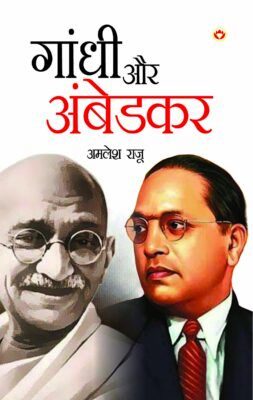
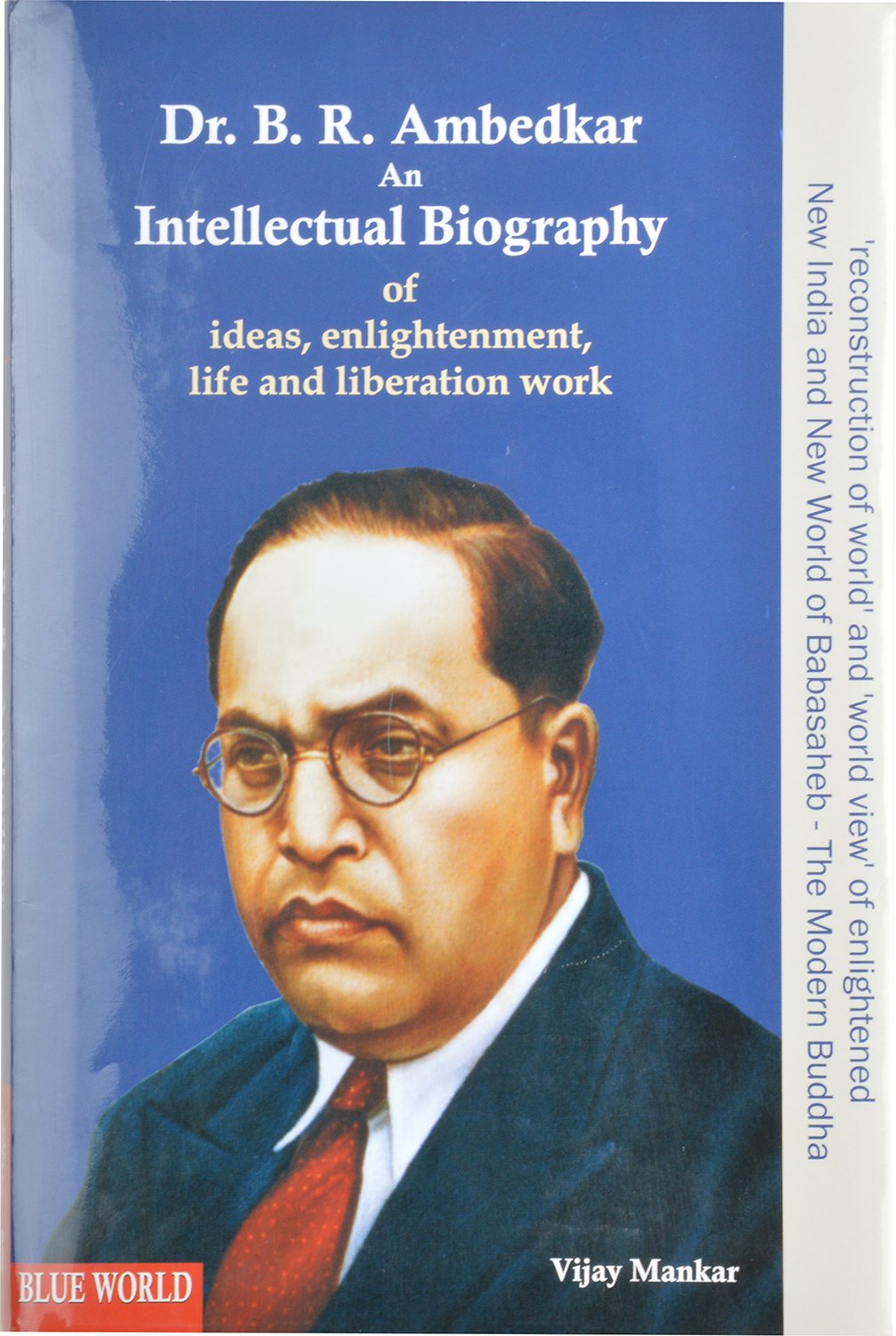
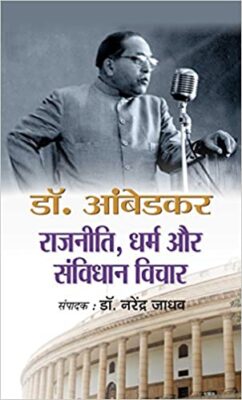
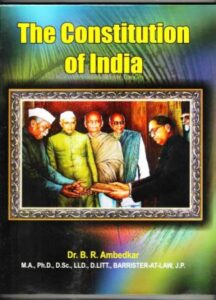
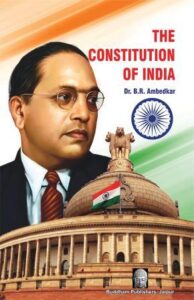


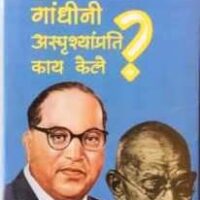




Reviews
There are no reviews yet.